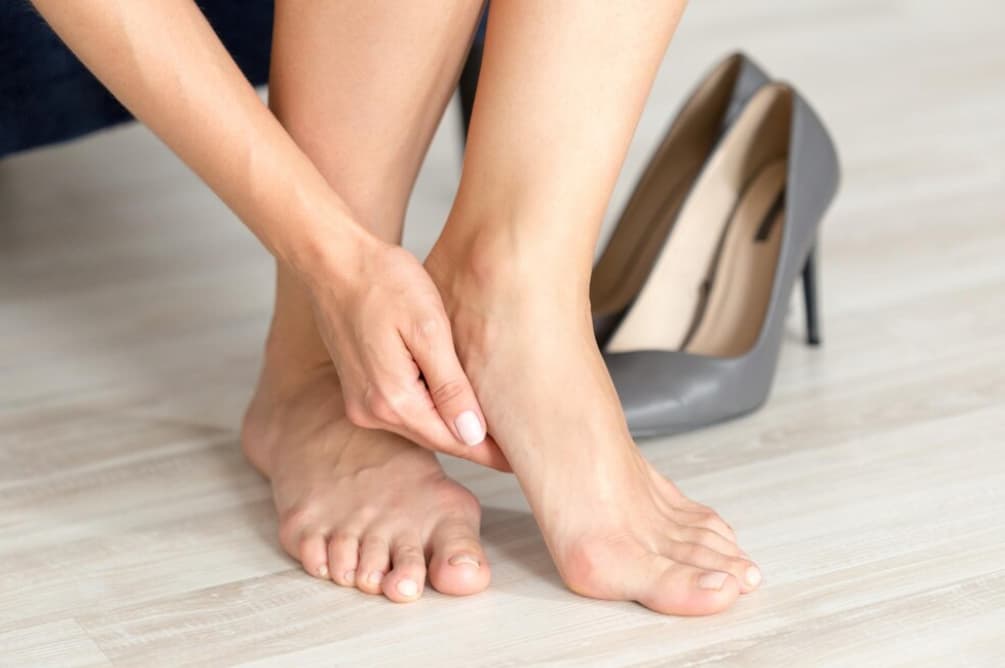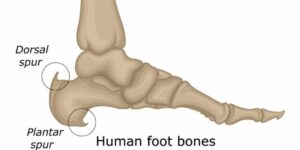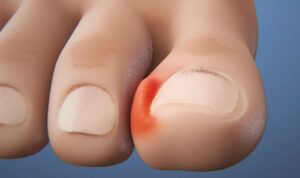Defining Foot Blisters
A foot blister, often referred to as a friction blister, is an inflamed, fluid-filled pouch encased by the skin that surfaces as a result of persistent mechanical rubbing. When your skin repeatedly brushes against another object – for instance, the interior of your footwear – friction is generated, causing the skin layers to split and eventually fill that space with liquid, which then forms the blister.
This fluid-filled pouch acts as a natural protective layer to shield the underlying skin layer from persistent damage. While blisters are often accompanied by discomfort, managing them effectively can drastically reduce the unpleasant sensations.
If you’re interested in learning more about how to alleviate foot ailments, you may also like to explore our article on effective strategies for managing hammer toe.
Causes and Probable Risks
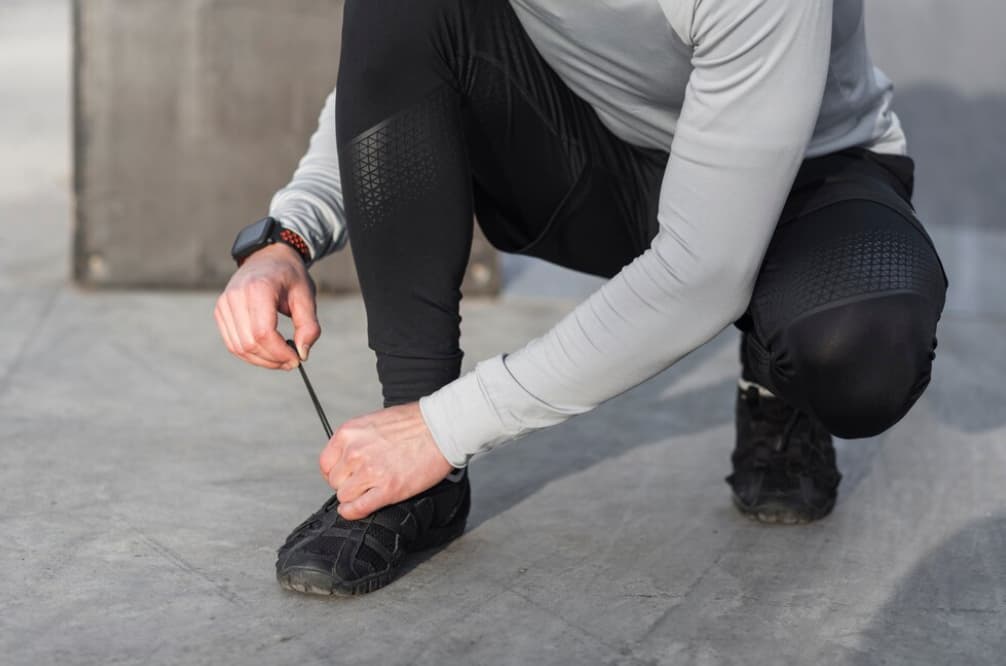
Foot blisters are a universal occurrence, with individuals of any age group susceptible, particularly those who often wear ill-fitting shoes or damp socks. When the skin rubs continuously against hard surfaces or the interior of a shoe, it may lead to irritation and inflammation, making the skin red and painful. If the friction persists, the skin layer starts to separate, and fluid enters, resulting in a blister.
Various factors can instigate this friction, such as:
- Ill-adapted footwear;
- Foot abnormalities;
- Sweat-induced moisture;
- Heat from within the footwear;
- Extended and strenuous exercise;
- New footwear;
- Mismatched socks for the activity;
- Unyielding hard and/or coarse materials.
Treatment Solutions
Intentionally popping your blister is not advisable, as it can exacerbate the pain and expose the wound to possible bacterial infection. It can also delay the healing process. The best course of action is to bandage it using an appropriate dressing and let it heal naturally. Once you eliminate the source of friction, blisters usually subside within a few days as the fluid beneath the skin is reabsorbed, and a new skin layer develops beneath.
Once a blister forms, it’s crucial to remove the source of the friction to allow the affected skin to heal. If a blister accidentally bursts, avoid peeling off the dead skin and gently clean the blister with an antiseptic solution. After that, apply a sterile dressing to shield the wound and facilitate the healing process.
In most cases, blisters improve without medical intervention. However, for severe or persistent blisters, you may need to consider:
- Removing any hardened skin surrounding the blister area;
- Identifying and eliminating the source of friction;
- Appropriate bandaging;
- Advice on suitable shoes and socks.
Potential Implications of Ignoring Blisters
Ignoring a blister can lead to a host of issues, including:
- Persistent pain that hinders daily activities and exercise;
- Risk of infection, particularly in individuals with compromised immune systems or diabetics;
- Scarring due to deep-seated injury or infection.
Prevention Measures
You can adopt several strategies to prevent the occurrence of friction blisters:
- Opt for well-fitted shoes to minimize skin friction;
- For those with sweaty feet, consider changing socks regularly as moisture enhances friction;
- Select socks appropriate for your activities (like sports socks for fitness routines);
- Preferably, wear socks with footwear;
- Avoid synthetic socks made from polyester or nylon;
- Ensure your feet are thoroughly dried after washing.
Other Similar Conditions
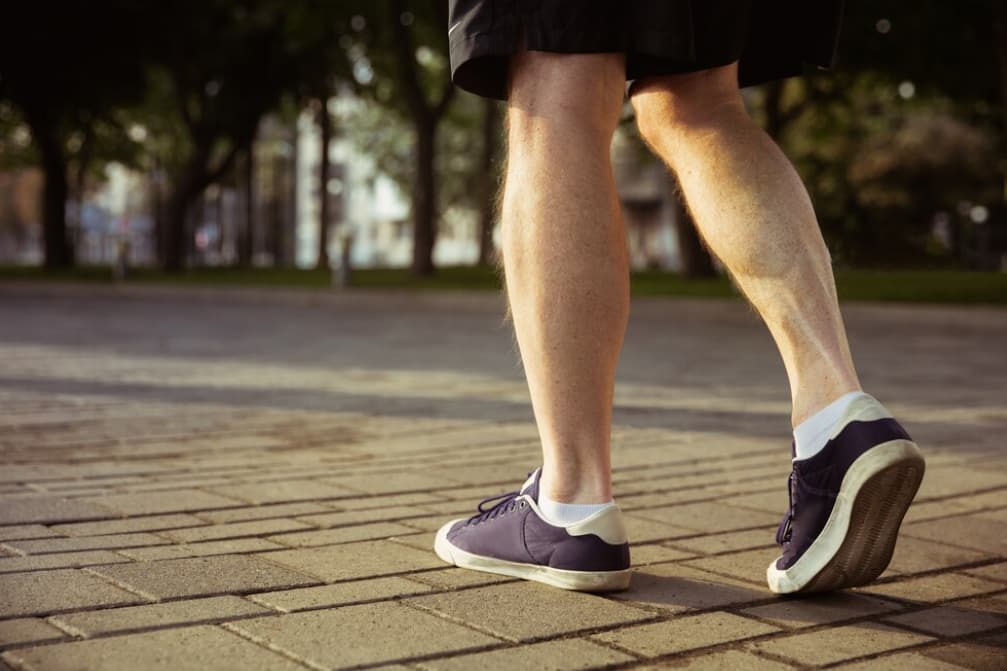
There are several other conditions that exhibit similar symptoms to friction blisters. It is crucial to be aware of these to ensure an accurate diagnosis:
- Impetigo (bacterial skin infection);
- Contact dermatitis/eczema;
- Infection;
- Adverse reactions to medications;
- Burns;
- Vasculitis;
- Foot and mouth disease;
- Fungal skin infection.
Home Remedies
In addition to the above treatments, several home remedies can aid in the healing process of foot blisters.
- Applying cold compresses to the blister can alleviate swelling and pain;
- Over-the-counter treatments, like moleskin, can help protect the blister and speed up healing;
- Using aloe vera gel or creams containing witch hazel can reduce inflammation and speed up skin recovery.
When to See a Doctor
In some cases, a foot blister may warrant medical attention. If the blister is extremely painful, does not heal within a week, or is accompanied by other symptoms such as fever, red streaks around the blister, or pus, you should consult a healthcare professional.
FAQs
It’s advised against popping blisters since it increases the risk of infection.
It’s advised against popping blisters since it increases the risk of infection.
They are raised, thin pockets of skin filled with clear fluid.
Blisters are a protective response to repeated skin friction.
Blisters should heal in a few days if friction stops and the area is kept clean.
Blister band-aids are an option unless there’s an infection or increased redness and warmth; then, use a standard band-aid.
Conclusion
Foot blisters may seem like a minor inconvenience, but they can potently disrupt our daily activities. Understanding these skin anomalies – their causes, effects, treatment and prevention measures – can immensely help manage the discomfort. Adopting conscious and proactive habits like wearing well-suited footwear, maintaining foot hygiene and being vigilant of the early signs can help prevent these nuisances and keep your feet happy and healthy.
